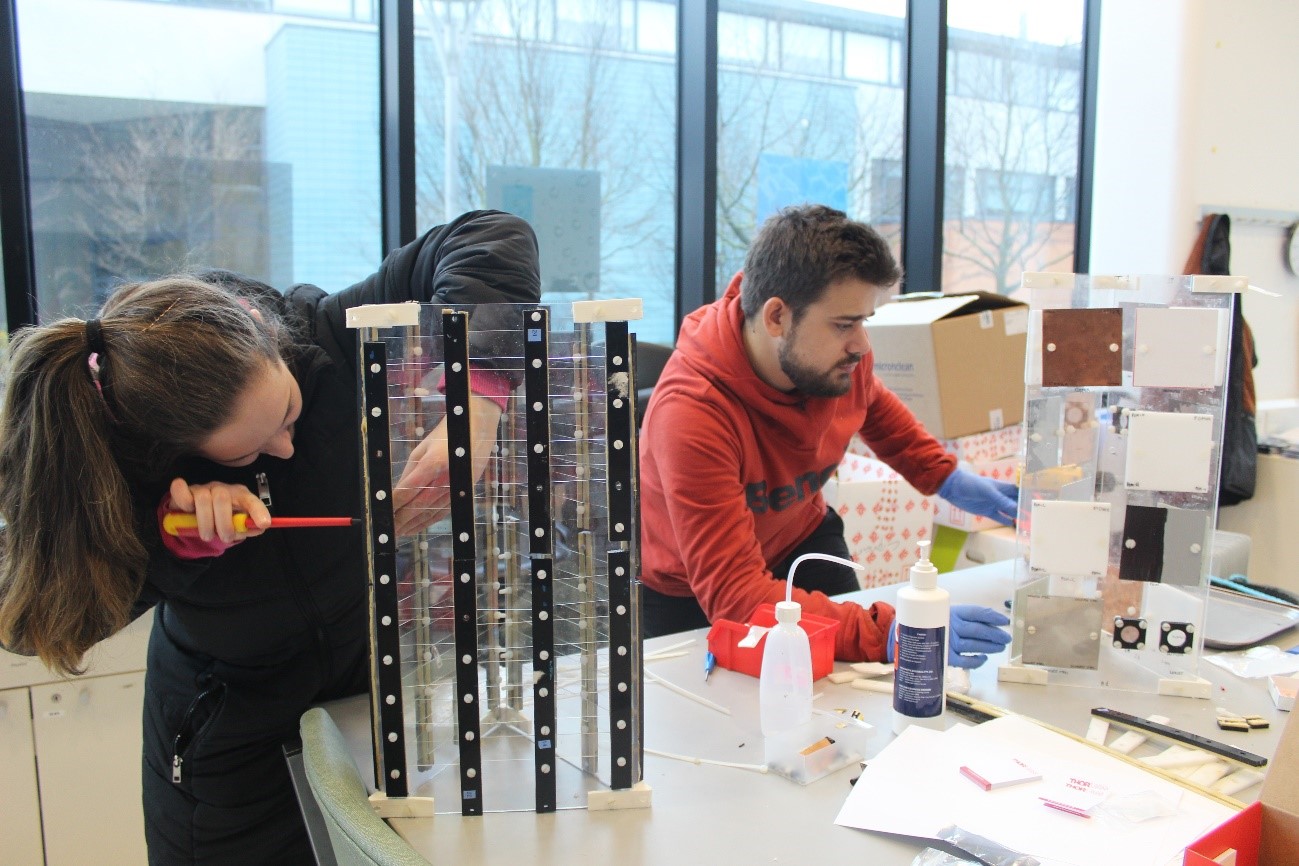
Fish scales inspire new anti-fouling surfaces
Innovative micro-textures that mimic fish scales are being employed to combat biofouling, which affects all tidal stream turbines. Limiting biofouling is a crucial aspect of improving a device’s performance and reducing its cost.
Dublin City University’s Water Institute has produced the new micro-textures using 3D printing and laser etching techniques. These textured surfaces are now being tested both at sea, in Dublin Bay, and in a turbulent water tunnel at the university’s laboratory.
Achieving effective anti-fouling properties is critical to guarantee good performance over the lifetime of the turbine. Marine growth could otherwise reduce the amount of energy the turbine can extract from tidal currents, as well as its limiting its ability to survive extreme weather events.
The project’s work on blade materials comes under Work Package 3: Nano-reinforced composites, antifouling coatings and antifouling biomimetic surfaces.
Biofouling is the process by which microorganisms, plants, algae, or small animals accumulate on a blade’s surface, which reduces the performance of the blade and the power output of the turbine as a whole.